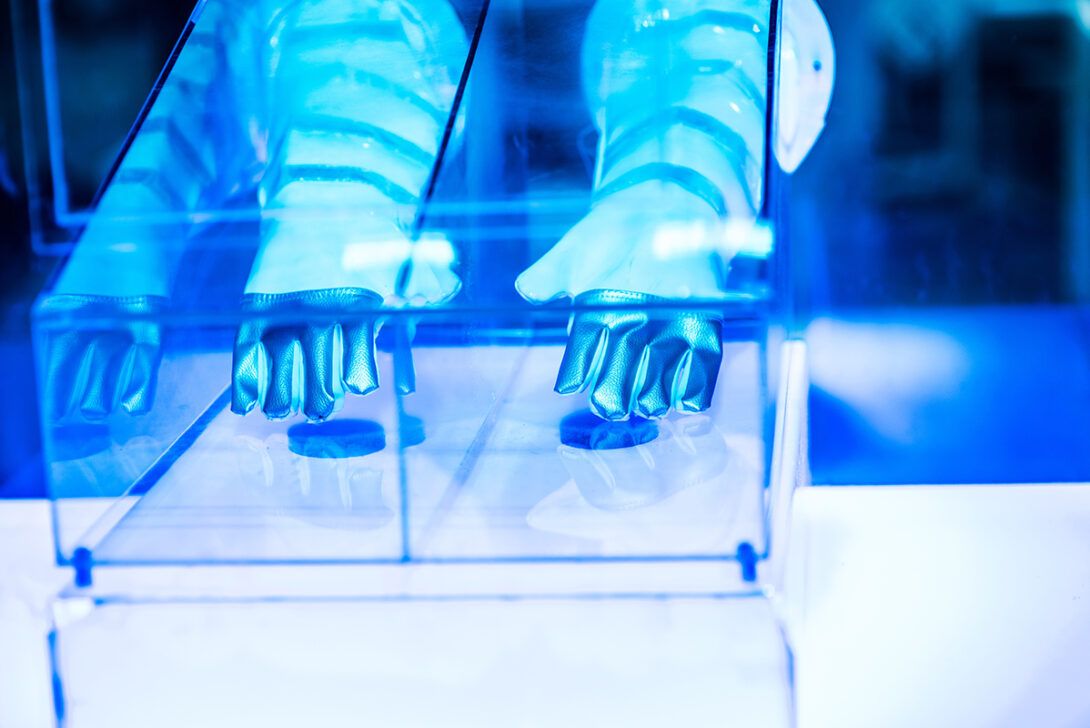Developing a robotic system for waste cleanup missions in nuclear reactor sites

Professor Sabri Cetin, of mechanical and industrial engineering at UIC, is working with the U.S. Department of Energy to develop a robotic system that can fulfill the needs for environmental management waste cleanup missions in nuclear reactor sites.
Cetin will receive $320,000 per year for five years for the project titled “Mobile Robotic Hot Cell/Glove Box System for Nuclear Waste Material Handling Applications.” He is collaborating with Argonne National Laboratory and Oak Ridge National Laboratory on the project.
“Our team at UIC will develop a prototype of a new dual-arm robotic system that can fulfill the needs for hot-cell/glovebox operations at environmental management waste cleanup missions in nuclear reactor sites,” Cetin said.
Hot cells are containment chambers that protect users from radioactive and other toxic materials. “Hot” is a term used in nuclear technology for “highly active.”
A glove box is a securely sealed container box that has openings with attached gloves that allows the operator to work inside an isolated environment.
Hot cells and gloveboxes are used throughout the U.S. Department of Energy environmental management complexes for handling radioactive and other toxic materials. Most of the technology being used in robotic manipulation in these operations is manual and labor intensive.
“We plan to develop a mobile robotic system, which integrates remote controlled dual collaborative robot arms in a structure that measures reality, plus virtual and augmented reality visualization and haptic feedback technologies, in a digital twin software environment for effective telerobotic operation,” he said.
This new technology can be handled by a robotic system that is controlled remotely by a human operator, which will keep the operator completely safe. It also will have the capability to automate certain functions, which will help build a foundation for fully autonomous operation.